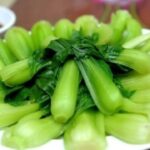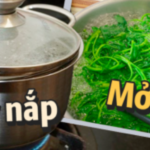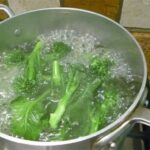Boiling food is one of the most basic cooking methods, with a history spanning thousands of years. Archaeologists have discovered traces of boiling pits dating back 30,000 years, highlighting its long presence in human civilization. It is a simple and easily accessible technique, prevalent in culinary cultures worldwide.
One of the primary benefits of boiling is improved digestibility. The process breaks down the cellular structure of food, making it easier for the body to absorb. Additionally, boiling is often a gentler and healthier alternative to methods like stir-frying or grilling.
However, boiling food also has its drawbacks. Some nutrients, especially water-soluble vitamins like vitamin C and B-complex, can be lost during the boiling process.
Nutritionist Elaine Magee, in an interview with CNN, advised, “When cooking vegetables, remember this rule of thumb: the less water, lower temperature, and shorter cooking time, the better.” This suggests that steaming may be a preferable option to preserve the flavor and nutritional value of vegetables.
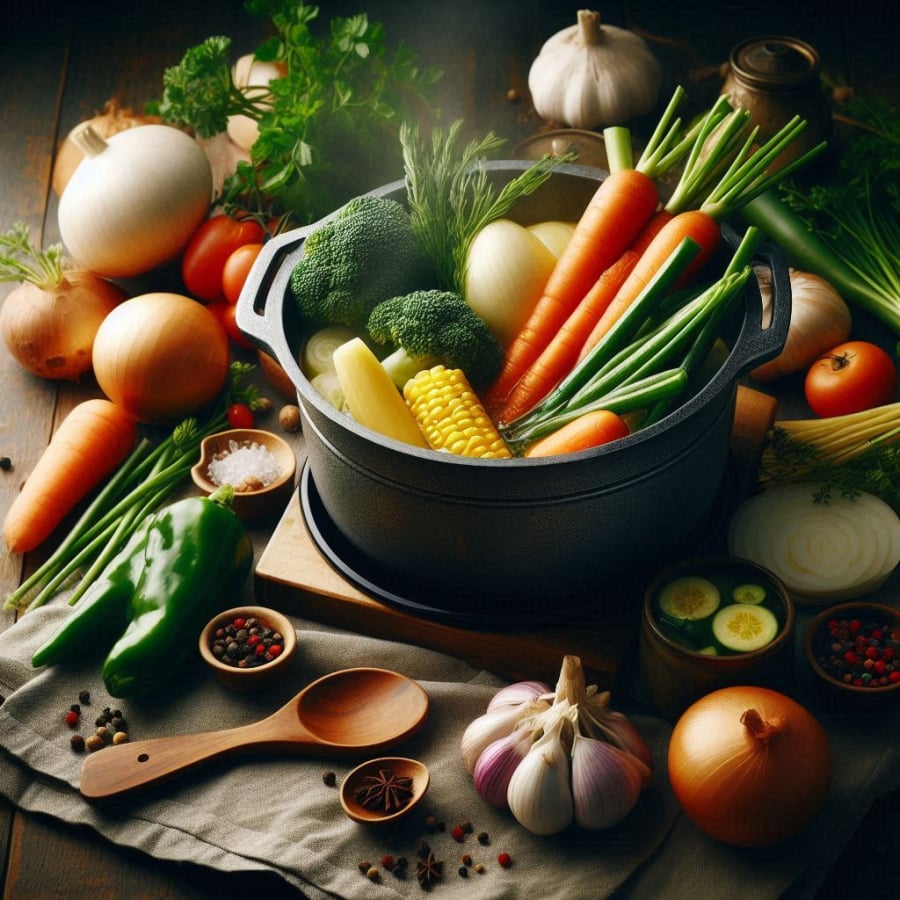
Improved Digestibility: A Key Benefit of Boiling
The following is a list of six vegetables that you should avoid boiling to preserve their nutritional quality and delicate flavors:
**Cabbage:**
Boiled cabbage often turns mushy and releases sulfur compounds, resulting in an unpleasant odor reminiscent of rotten eggs. This tendency has led to many people avoiding this highly nutritious vegetable. To retain its crisp texture and unique flavor, try alternative cooking methods. For instance, finely shred the cabbage and quickly stir-fry it over high heat, or incorporate it into a refreshing cabbage salad to maximize its nutritional value and enhance its appeal.
**Broccoli:**
Boiled broccoli tends to become soft and bland, making it less appealing to many. A study published in the Journal of Zhejiang University revealed that boiling broccoli could result in a significant loss of vitamin C and glucosinolates—beneficial compounds known for their antioxidant and anti-inflammatory properties. Steaming broccoli is a better alternative as it preserves its crispness and retains valuable nutrients, resulting in a delicious and nutritious dish.
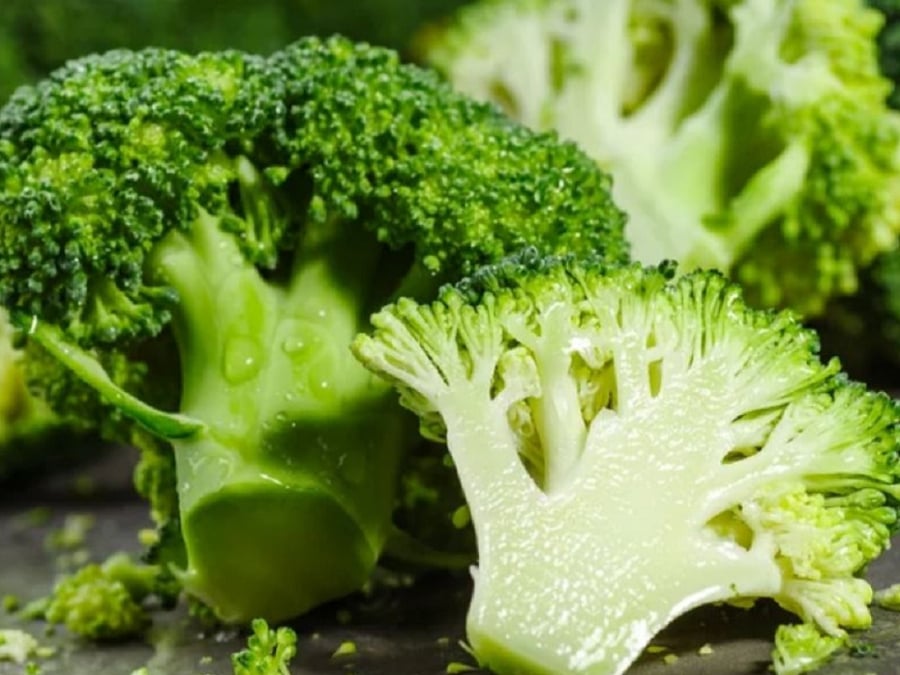
Steaming: A Preferred Choice for Broccoli
**Cassava:**
Cassava, also known as yuca, is a starchy root vegetable rich in resistant starch and beta-carotene, offering benefits for digestive health and immunity. However, boiling cassava can make it overly soft, compromising its crisp texture and distinctive flavor. To maintain its integrity, try parboiling and then frying or roasting it. This cooking method preserves its natural flavor and transforms it into a more enticing and enjoyable dish.
**Spinach:**
Spinach, or spinach, is a nutrient-dense vegetable rich in vitamin C. However, studies indicate that boiling spinach can result in a significant loss of this vital nutrient, ranging from 9% to 55%. To optimize the nutritional value of spinach, opt for steaming or enjoy it raw in salads. These preparation methods retain the maximum amount of nutrients while offering a diverse culinary experience.
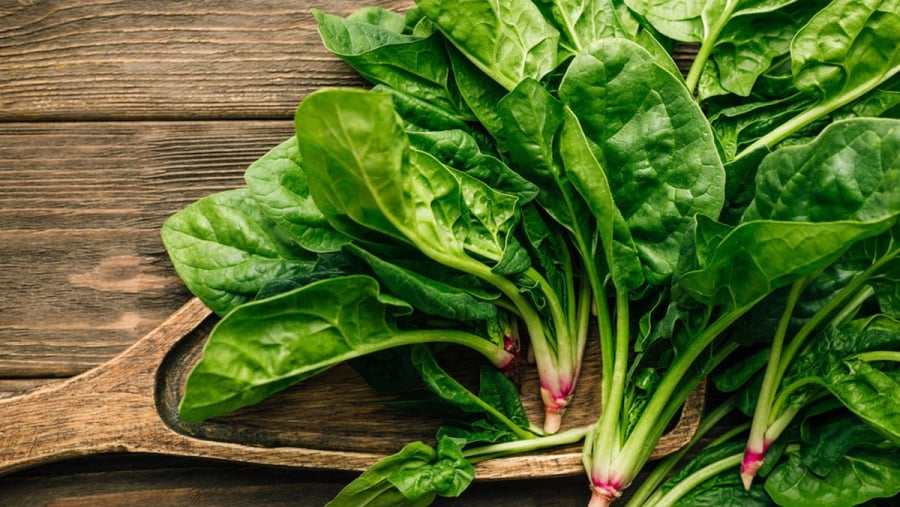
Spinach: A Vitamin C Powerhouse
**Kale:**
Kale is a vegetable rich in the enzyme myrosinase, which provides protective benefits against various ailments. However, research published in Frontiers in Nutrition suggests that boiling kale can inactivate this enzyme, reducing its health-promoting effects. To maximize the benefits of kale, try consuming it raw in salads or blending it into smoothies. These preparation methods preserve its nutritional integrity while allowing you to savor its fresh flavor.
**Green Peas:**
Green peas are nutrient-dense, but boiling them can result in a significant loss of antioxidants. A 2009 study found that over 50% of the antioxidants in green peas were depleted when boiled. To retain their nutritional value, steaming is the preferred method. It not only preserves the nutrients but also enhances the natural flavor of these tasty legumes.
**Which Vegetables Are Suitable for Boiling?**
Not all vegetables are adversely affected by boiling. In fact, a study published in the Journal of Food Science and Agriculture in April 2014 revealed that boiling certain vegetables not only improves their digestibility but also increases their beta-carotene content—an essential antioxidant for overall health.
Vegetables like carrots, sweet potatoes, pumpkin, turnips, beets, potatoes, and asparagus are well-suited for boiling. The boiling process softens their structure, making it easier for the body to absorb beta-carotene.
To optimize nutritional value, boil vegetables whole rather than chopping them into pieces. Research indicates that chopping vegetables before boiling can result in a loss of up to 25% of their nutrients. Therefore, for delicious and nutritious meals, careful consideration of cooking methods is essential!

























